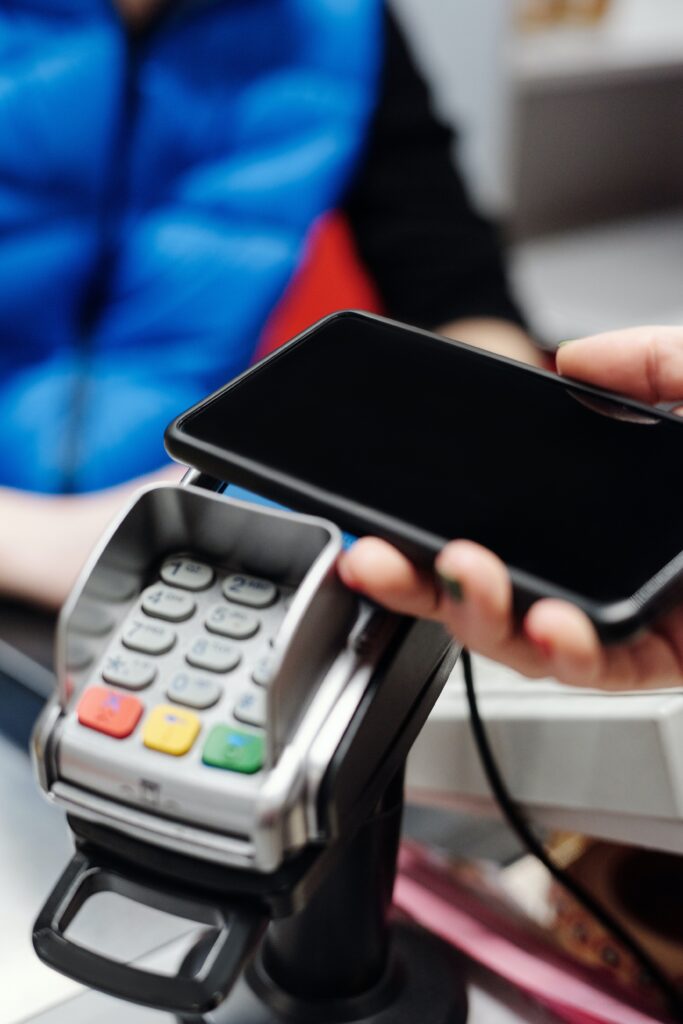The retail landscape is undergoing an extreme transformation, so intense that the term “disruption” almost feels like an understatement. This change is driven by technological advancements, changing consumer behavior, and a push for digital transformation. Brick-and-mortar establishments are at an inflection point: adapt or become obsolete.
For mid-size to large retail organizations that manage hundreds of physical locations across the country, the challenges are compounded. It’s not just about keeping a single store relevant; your challenge is trying to harmonize hundreds of them with a unified vision that blends the traditional with the cutting-edge.
IT Project Managers have found their roles expanding as they become essential enablers of retail innovation. You’re no longer just maintaining servers; you’re tasked with connecting digital and physical spaces. It’s your job to deliver secure and frictionless customer experiences and that means leveraging big data and breathing new life into in-store experiences.
Given this monumental task, staying updated on the latest technological trends is an absolute necessity.
In this article, we will discuss the following:
-
-
- The role of IT is critical to creating and sustaining an integrated customer experience.
- Security challenges increase as the number of locations grows.
- Personalized experiences can drive more revenue.
- Real-time inventory management is necessary.
- Consider experiential innovation to deliver fresh excitement and engagement to physical retail spaces.
-
Offering Omnichannel Experiences
A seamless omnichannel experience is what every consumer wants. They want the online and offline worlds to not only co-exist but complement and enhance each other. This kind of integration can significantly boost customer satisfaction, increase sales, and spur long-term loyalty.
The role of IT is critical to the success of omnichannel delivery. IT is no longer a backend function but a central player in creating and sustaining this new integrated customer experience.
With a focus on integrating data, managing inventory in real-time, enabling customer-facing technologies, and ensuring robust security, IT is at the core of crafting an unforgettable omnichannel experience.
It’s important to note that there is a distinct difference between omnichannel and multi-channel experiences. All omnichannel experiences will use multiple channels, but not all multi-channel experiences are omnichannel. You can have amazing text message marketing, or engaging social media campaigns, and a well-designed website. But if they don’t all work together, they don’t create an omnichannel experience.
Security—The Growing Threat
Today, it’s not uncommon to hear about large-scale operations being brought to a screeching halt because of a security breach or ransom threat. Just recently, MGM Resorts and Caesars Entertainment experienced a cyberattack that forced the gaming company to shut down some systems.
As retail chains collect more customer data and financial transactions, they’re lucrative targets for cyberattacks.
Phishing campaigns, ransomware attacks, and data breaches aimed at stealing customer information are just the tip of the iceberg. And as these businesses adopt technologies like cloud computing and IoT, the risk grows.
It’s essential to recognize that cybersecurity is not just an IT issue but a business-critical risk. A breach could lead to lost revenue, a tarnished brand reputation, and even regulatory fines. For multi-location retail organizations, the challenges are further amplified, as each location could potentially become a vulnerable entry point into the corporate network.
While it starts with network security, firewalls, and VPNs for secure data transmission between locations, it also requires endpoint security to ensure multiple points of sale and various devices like tablets and smartphones are protected.
Security isn’t a one-time task but a continuous effort that involves technology, people, and processes.
In today’s customer-centric retail, the “one-size-fits-all” approach is becoming increasingly archaic. Consumers now crave and expect personalized experiences that resonate with their individual needs, preferences, and behaviors. Personalization is more than just addressing the customer by their first name in an email; it’s about offering curated product recommendations, sending targeted promotions, and even tailoring in-store experiences based on a customer’s past interactions with the brand.
Personalization has a direct impact on customer loyalty and revenue. Studies have shown that customers are more likely to make a purchase, and even spend more, when offered a personalized experience. Personalization can be the differentiator that sets your retail chain apart.
IT’s role in personalization includes data analytics platforms that can identify patterns, trends, and customer segments. Artificial intelligence algorithms can process data much more efficiently and accurately than humans and machine learning models can predict customer behaviors, recommend products, and delivery chatbot interactions, all in real time.
The tools are available to drive impactful, personalized customer experiences at scale.
The Need for Advanced Inventory Management
Inventory management has always been a cornerstone of retail, but the complexity increases for large chains with hundreds of locations. Traditional challenges include maintaining the right stock levels, ensuring inventory visibility across multiple locations, and reducing losses due to theft or obsolescence. Ineffective inventory management can lead to stockouts or overstocking, both of which have negative consequences for customer satisfaction and the bottom line.
Because consumers expect products to be readily available both online and in physical stores, real-time inventory management has become a necessity. Hence, it’s not surprising that advanced inventory management solutions are fast becoming a top priority for retail chains aiming to stay ahead of the curve.
RFID Technology: RFID tags can be attached to each product, allowing for real-time tracking of inventory. This provides a highly accurate count of products on hand, reducing the risk of stockouts or overstocking. In addition, it enables real-time inventory visibility across locations, assisting in optimized inventory distribution.
Smart Shelves: These are shelves equipped with weight sensors, cameras, or RFID readers that can monitor the products on the shelf in real time. They can alert store employees when stock is running low, or even when an item is placed in the wrong location, thus automating much of the stock management process.
These technologies work hand in hand to offer a level of automation and optimization that is light years ahead of manual methods. These solutions are helping to optimize and offset the challenges of hiring staff.
Experiential Innovation
Experiential innovation is a serious differentiator in today’s fiercely competitive retail landscape. When customers associate positive, one-of-a-kind experiences with a brand, they are more likely to return, spend more, and even become brand advocates. It moves the focus from commodity-based selling to creating value-added, memorable experiences that customers cannot get online or from competitors.
Tech-driven solutions for enhanced customer engagement include the following:

Interactive Kiosks and Touchscreens: Kiosks provide detailed product information, reviews, and even product locations within the store, giving customers a more informed and streamlined shopping experience.
Smart Mirrors: These mirrors can show customers how they look in different outfits, accessories, or even makeup without trying them on.
Beacon Technology: Sends real-time notifications to customers’ smartphones with personalized deals or information as they move through various sections of the store.
Live In-Store Events Streamed Online: Retailers can host events, classes, or product launches in-store, leveraging technology to stream these events online, thus extending the in-store experience to an online audience.
Experiential innovation is transforming the way customers interact with brick-and-mortar stores, bringing a fresh burst of excitement and engagement to physical retail spaces. It’s a shift from transactional to relational, from mundane to memorable. As IT Project Managers, you hold the key to integrating these technological marvels into a seamless, enhanced customer experience, making your role not just functional, but foundational to your organization’s future success.
The onus is on you to lead your organizations through this transformative journey. You are uniquely positioned to act as the conduit between technological possibilities and tangible business outcomes. Don’t wait for change to happen; be the change-maker that integrates these exciting tech trends into your retail strategies. Equip yourself with knowledge, pitch the vision to stakeholders, and take actionable steps to make these innovations a reality. The future of retail is now, and it’s time to seize the opportunities it presents.
Wordlink: Supporting IT Leaders
As an IT leader, you’ve already got a lot on your plate. Enhancing network infrastructure and connectivity at your locations to deliver the retail experience of the future. Worldlink has the depth and breadth of experience to help organizations expand their physical footprint across the country and do so efficiently with its onsite field tech support, logistics, and staging. If you’d like some piece of mind as you continue your growth mode, contact us today for a consultation.

